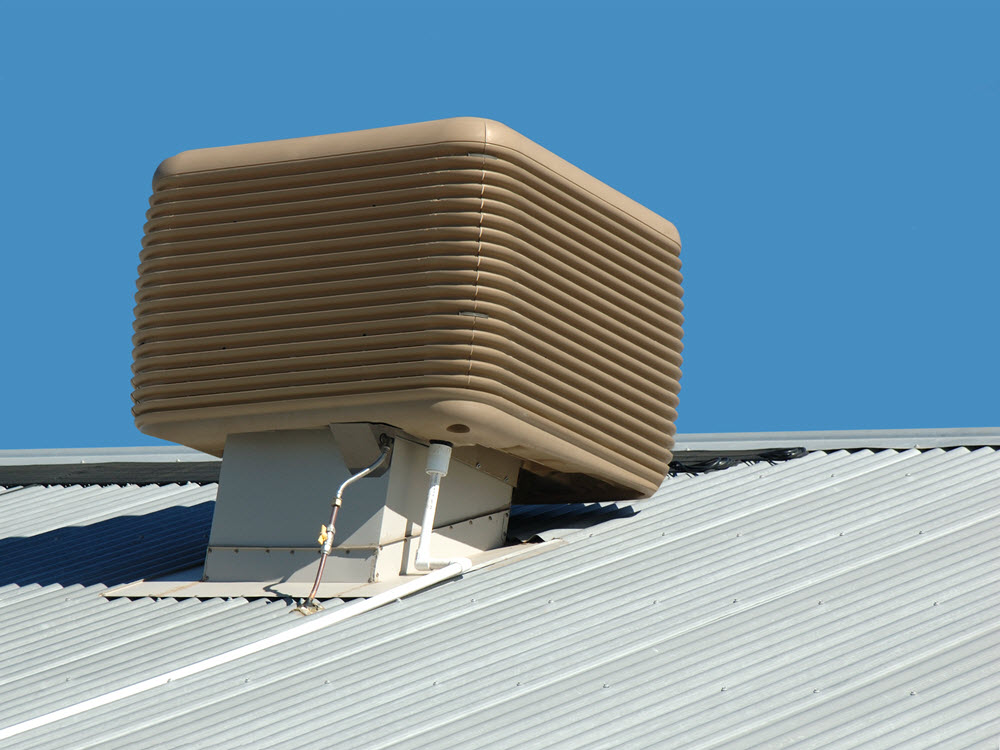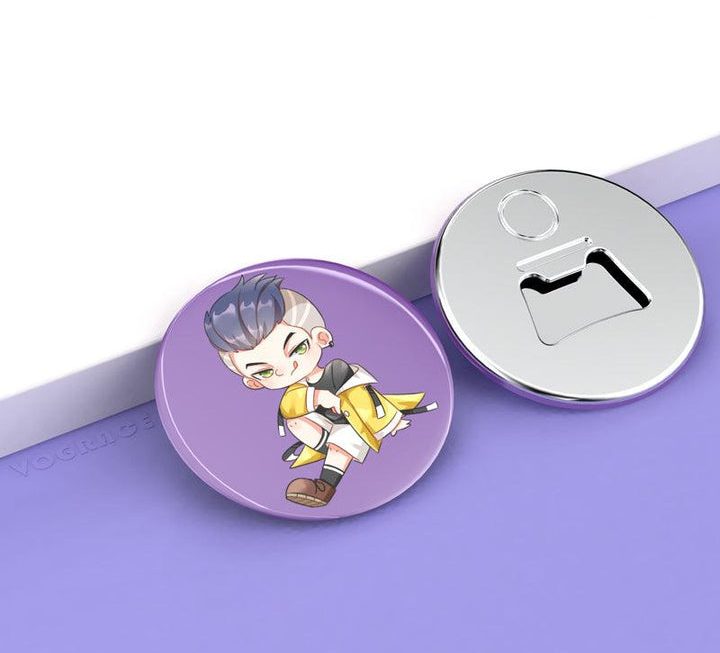It is important to know the properties of heat and air. The Direct type of air Evaporative coolers are the most popular. This is where the outside heat is condensed within the machine, and forced into the building. It then exhausts to the outside. There are also Air Washer and Indirect types.
What Is Heat?
Before we can talk about the cooling process, we need to understand the nature of heat. There are two types of heat: Sensible heat (that can be felt or sensed) and Latent heat (hidden warmth that can’t be detected by a thermometer).
“Latent Heat Of Evaporation” is the heat that evaporates water into water vapor. It is, for example, the heat from the hot asphalt that is used to evaporate water after a summer storm, or heat from a stove burner that is used to evaporate water from a boiling kettle. The liquid water changes into vapor when it absorbs heat. (You can’t see the water vapor). Latent Heat is what makes Evaporative cooling possible.
From Where Does Latent Heat Come?
It is absorbed from the surrounding air and materials. It absorbs heat from the surrounding air and materials when a substance changes from solid to liquid (ice or water), or from liquid to vapor (water, vapor, or water to steam). This means that liquids and solid objects around them become cooler because they can release heat through the melting or evaporating processes.
Total heat is the sum of latent heat plus sensible heat. It’s the heat in a room. The unit of heat measured is in kilojoules or kJ. 1000kJ equals approximately 1000 BTU. One liter of water evaporates approximately 2000kJ of heat energy. This happens without the need for any external energy input. Evaporative air conditioners require very little electrical power to work. Only the pump and fan drive requires power.
The Evaporative Air Cooling Process
Direct Evaporative air cooling machines enable heat exchange by using a water pump to deliver water to cooling pads and a motor-driven fan that pushes hot outside air through the media panels. This combination accelerates the natural heat exchanging process.
The process results in some sensible heat being converted into latent heat. This is the heat that you can feel.
The process of sensible heat becoming latent heat causes hot air to cool down as some of its (sensible heat) has been used, as described above. The air temperature then drops. The cold air is then pumped into a building and eventually is exhausted. It is not recirculated.
Evaporative air coolers can slightly increase humidity in the building. We must also remember that the temperature has dropped. Comfort is created by the combination of temperature, humidity, and heat. Evaporative air coolers are used widely because they can provide comfortable conditions. For example, humidity levels of 80% and 30°C (86°F) are very uncomfortable. However, humidity levels of 80% and 16°C (61°F) are quite comfortable. Comfort can also be improved by increasing air velocity during hot conditions. Evaporative air coolers provide sufficient air movement to reduce the humidity effects.
Even in humid climates, the temperature and humidity combination will allow for cooling even during the middle of the day.



